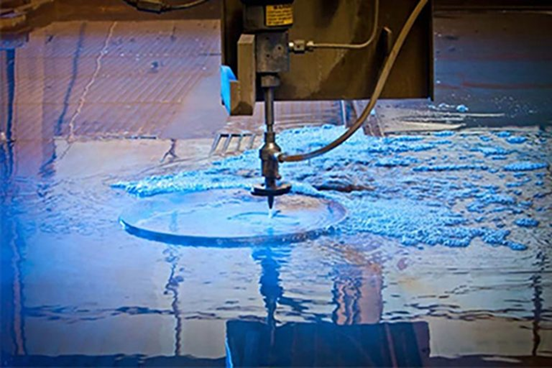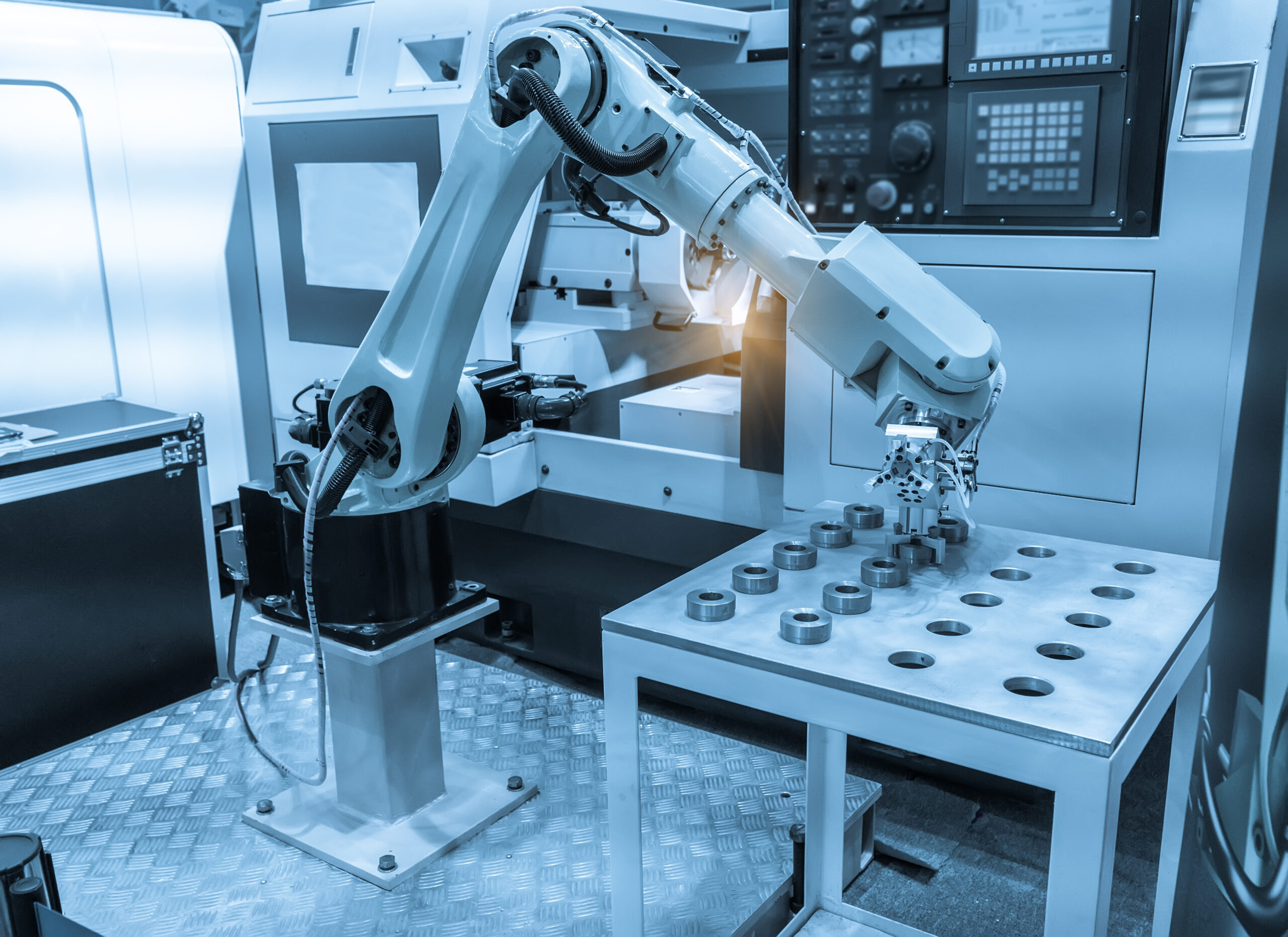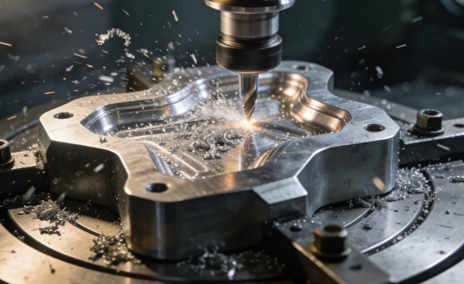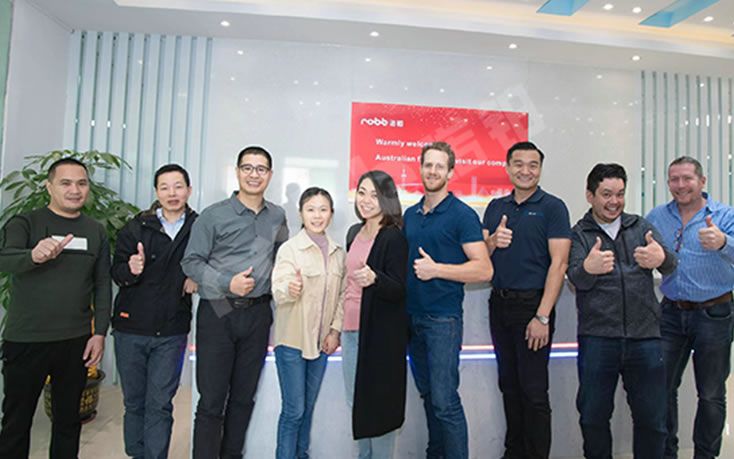If you want to make your idea real, you need to Create A Prototype and test it with real users. Prototyping helps you find problems early, save money, and finish your project faster. You can pick from many types, like simple paper models or detailed digital designs made with tools like Figma. Getting feedback and making your prototype better each time helps your product improve. NOBLE gives expert machining and rapid prototyping services, so you can turn your ideas into real products fast and easily.
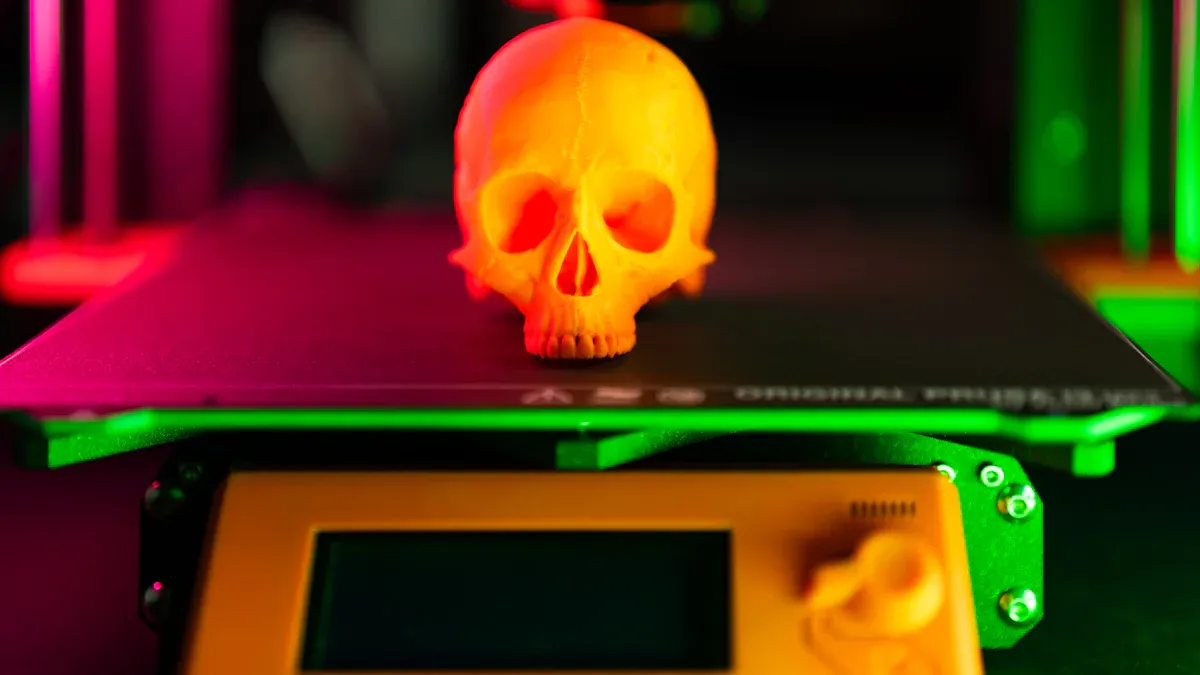
Key Takeaways
- Make clear goals before you create your prototype. This helps you stay focused and saves time. Start with easy sketches or digital models first. Then make real prototypes to test how they work. Test your prototype with real users to find problems. Get helpful feedback from them. Use this feedback to make your prototype better. Keep updating it until it works well. Get your product ready for production by fixing problems. Write down important details and work with trusted manufacturers.
Define Goals
Identify Objectives
Before you start creating your prototype, you need to know what you want to achieve. Setting clear goals helps you stay focused and saves time. Here’s a simple way to get started:
- Decide the main purpose of your prototype. Are you testing an idea, showing it to investors, or checking if users like it?
- List the core features your prototype must have. Focus on what matters most.
- Think about the questions you want your prototype to answer. For example, does the design work? Is it easy to use?
- Set success metrics. These could be things like user feedback, how many people use your prototype, or how well it performs.
Keep your goals simple and realistic. This helps you create a prototype faster and make changes easily. NOBLE can help you define and reach your objectives with expert advice and advanced machining services, making your prototyping journey smooth from the start.
Research Users
You need to understand who will use your product. Learning about your users helps you build something they actually want. Try these methods:
- Talk to users in interviews to learn what they like and dislike.
- Watch users interact with your prototype to spot problems.
- Use surveys to gather feedback from many people.
- Try quick tests in real-life settings for fast opinions.
- Look at heatmaps or click tracking to see where users focus.
Start collecting feedback early. Mix different methods to get a full picture. Focus on the most important tasks your users need to do. NOBLE supports you by helping you turn user insights into real, testable prototypes quickly.
Analyze Competitors
Looking at what others have done can save you time and help you avoid mistakes. Here’s how you can learn from competitors:
- Check out similar products to see what works and what doesn’t.
- Read customer reviews to find out what users want or dislike.
- Take apart competitor products to understand their features and design.
- Try using competitor products yourself to spot pain points and good ideas.
Note: Competitor analysis helps you create a better prototype by learning from others’ successes and failures.
NOBLE’s team uses these insights to help you create prototypes that stand out and meet real market needs.
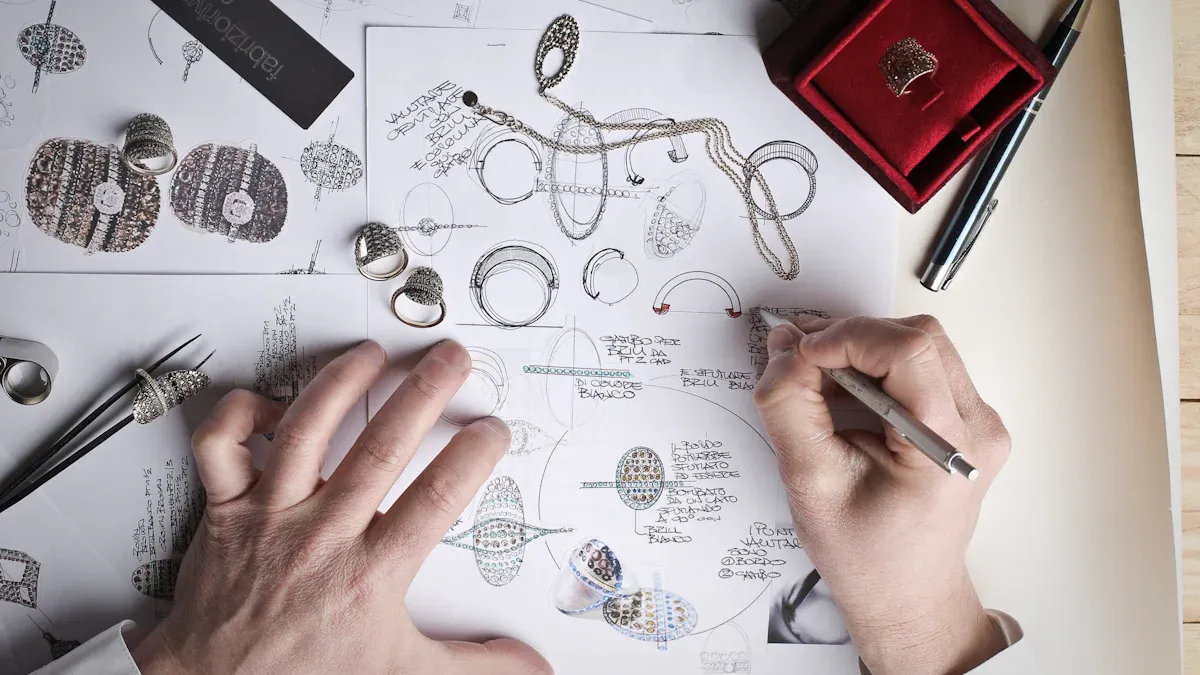
Create A Prototype
To make your idea real, you need a plan. You should Create A Prototype before spending lots of money. This helps you see and test your product early. Let’s look at the steps from drawing to a working model.
Sketch Ideas
Start with simple things. Use a pencil and paper to draw your ideas. Your sketches do not have to be perfect. They help you share your thoughts fast. You can use sticky notes or whiteboards, too. Try making simple diagrams. This is called a low-fidelity prototype. It lets you try out shapes and features without much time or money.
Here’s an easy way to begin:
- Draw rough pictures of your product from different sides.
- Make diagrams to show how people will use your product.
- Use storyboards to show the user’s steps.
- Build quick models with paper or Lego blocks.
- Show your sketches to friends or teammates for feedback.
Tip: Don’t try to make it perfect. The main goal is to Create A Prototype that helps you find problems early.
Digital Models
After sketching, you can Create A Prototype on your computer. Digital models show more details of your product. You can use tools like Figma to work with your team. Adobe XD and InVision are good for web and app prototypes. For physical products, CAD software like Autodesk Fusion 360 or SolidWorks is important.
Here are some popular digital prototyping tools:
| Tool Name | Estimated Market Share (%) |
| Figma | 36.72 |
| Adobe Discover | 21.04 |
| Adobe Premiere Pro CC | 15.79 |
| Adobe XD | 10.58 |
| InVision | 4.55 |
| AutoDesk Fusion 360 | 1.32 |
Figma is great because teams can work together at the same time. CAD tools like Fusion 360 help you Create A Prototype for 3D printing or CNC machining. Digital models are easy to change and share online for feedback.
Note: Digital prototypes save you time and money. You can test ideas without using real materials.
Physical Models
Now you can Create A Prototype you can touch. Physical models help you check size, shape, and feel. 3D printing is fast and good for tricky shapes. CNC machining makes strong, exact parts from metal or plastic. NOBLE offers these services for high-quality prototypes.
Here’s how you can Create A Prototype with new technology:
- 3D printing builds your model layer by layer. It is fast and good for small parts.
- CNC machining cuts your design from a solid block. It gives you strong, exact parts.
- Vacuum casting lets you make several copies for testing or showing.
- Sheet metal prototyping is good for making tough metal parts.
| Feature | 3D Printing | CNC Machining |
| Process | Additive manufacturing (layer-by-layer) | Subtractive manufacturing (cutting material) |
| Setup Time | Fast, quick iteration | Slower, more setup needed |
| Speed for Small Parts | Very fast | Slower |
| Precision | Good, depends on layer thickness | Very high |
| Material Range | Plastics, some metals, resins | Metals, plastics, composites |
| Material Waste | Minimal | More waste |
| Best For | Complex shapes, fast changes | Strong, precise, functional parts |
When you Create A Prototype, pick the right type for your stage:
- Concept prototypes help you see if your idea works.
- Functional prototypes let you check if your product works right.
- Visual prototypes show what your product will look like.
- Engineering prototypes mix looks and function for real tests.
- Pre-production prototypes are almost like the final product and help you get ready for mass production.
- Rapid prototypes are quick and cheap, good for early testing.
NOBLE’s team can help you pick the best way and materials. They use advanced machining, 3D printing, and low-volume manufacturing to Create A Prototype that fits your needs. You get fast results, high quality, and help at every step.
Tip: Always test your prototype with real users. Get feedback, make changes, and try again. This helps you Create A Prototype that people want to buy.
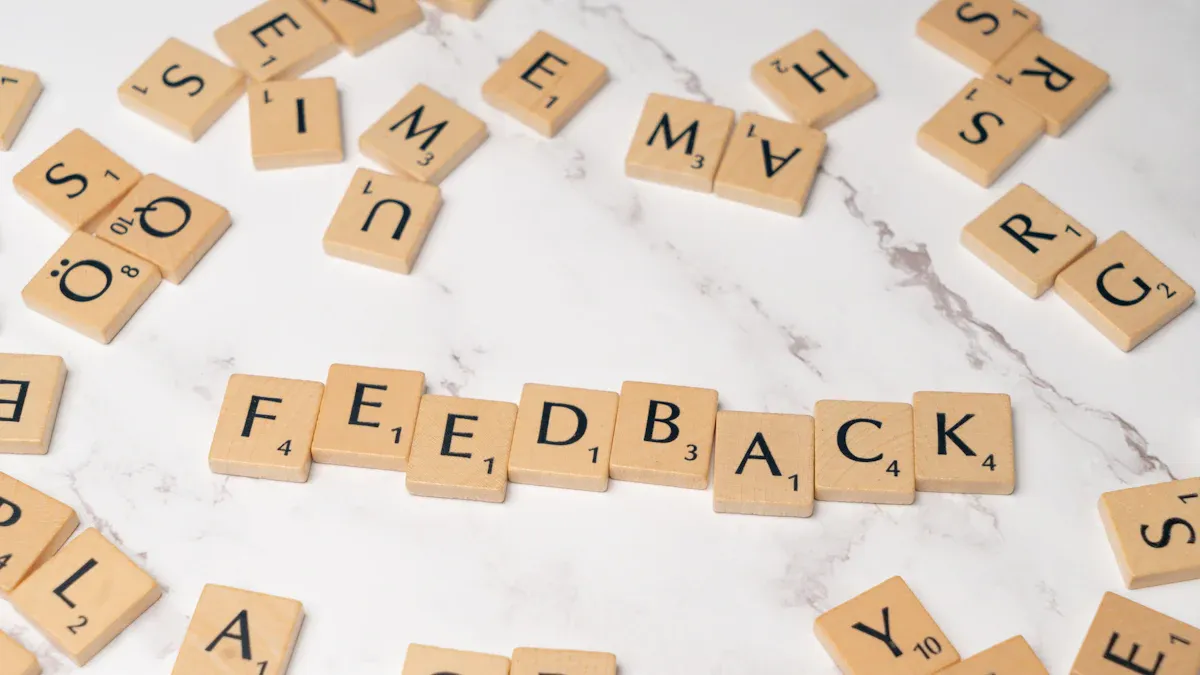
Test and Iterate
Testing and making your prototype better is an important step. This is when your idea starts to become real. You learn what works and what does not. You also find out what users really want. Let’s see how you can test your prototype, get feedback, and improve it each time.
User Testing
You need to watch real people use your prototype. This is called user testing. Pick people who are like your target users. If your product is for kids, test with kids. If it is for busy adults, test with them. This helps you get useful feedback.
Choose the best way to test. Here are some common ways:
| Testing Method | Cost | Type of Insights | Best For |
| In-Person Testing | High | Qualitative | Complex interactions |
| Self-Guided Testing | Low | Broad, qualitative | Large-scale feedback |
| Split Testing | Moderate | Quantitative | UI optimization |
| Behavior Analytics | High | Quantitative | User behavior trends |
| Accessibility Testing | Moderate | Compliance-focused | Inclusive design |
You can do in-person tests to see how users act. This lets you watch their faces and hear what they say. Ask them to talk while using your product. This “think-aloud” method shows what they like and what is hard for them.
Remote testing tools like Maze help you reach more people. You can see how they use your digital prototype at home or work. For physical products, send test units and ask users to record their experience.
Tip: Testing with just five people can show most big problems. Start small and learn quickly.
When you work with NOBLE, you get expert help and good testing setups. Their team helps you plan tests that fit your goals. You can get in-person feedback or remote testing for digital or physical prototypes.
Gather Feedback
After testing, you need to collect feedback in a smart way. Do not just ask, “Did you like it?” Give users clear tasks and watch what happens. Track things like:
- Did users finish the task?
- How many mistakes did they make?
- How long did it take?
- Did they find anything confusing?
- How easy did they say it was (on a scale from 1 to 7)?
Here is a table of common ways to measure your prototype’s performance:
| Metric / Method | Description / Purpose |
| Task Success Rate | Percentage of tasks users complete successfully during testing. |
| Time on Task | Duration taken by users to complete a given task. |
| Error Frequency | The number of errors users make while interacting with the prototype. |
| Navigation Outcomes | Tracking where users click, struggle, or drop off in the prototype flow. |
| User Sentiment / Satisfaction Scores | Subjective ratings or feedback on ease of use, trust, and overall satisfaction. |
| Qualitative Feedback | User thoughts, emotional responses, and verbalized insights captured during talk-aloud tests. |
| Structured Surveys | Collect quantitative and qualitative data on preferences, sentiment, and satisfaction. |
| SEQ Scale | Subjective Ease of Use scale (1-7) to rate task difficulty. |
You can use surveys, interviews, or watch videos of users. Write down what users say and do. Look for patterns in their actions. If three people get stuck in the same spot, it is a real problem.
Note: Big companies like Microsoft, Airbnb, and Dropbox use user feedback to make their products better. This helps them build things people love and keeps users coming back.
NOBLE helps you organize and study feedback. Their team uses special tools and expert review. This makes sure you do not miss important ideas.
Refine Prototype
Now it is time to improve your prototype. Use the feedback you got to fix problems and add new ideas. Do not worry if you need to make many changes. Most products go through 50 to 100 updates before they are ready. Each update makes your product stronger.
Here are some common mistakes and how to avoid them:
| Common Pitfall | How to Avoid |
| Testing Unfinished Prototypes | Tell testers what works and what does not. Make sure key features are ready for testing. |
| Testing with Biased Participants | Test with a mix of people who match your real users. |
| Poorly Designed Test Tasks | Use real-life scenarios, not just step-by-step instructions. |
| Misinterpreting Test Results | Look for patterns, not just one person’s opinion. |
| No Feedback Collection System | Use notes, surveys, or software to keep feedback organized. |
| Skipping Team Debriefs | Meet with your team after tests to talk about what you learned. |
| Over-Polishing Prototypes | Focus on function first. Make it pretty later. |
| Ignoring User Feedback | Make changes based on what users say and do. |
| Inadequate Testing | Plan your tests, pick the right methods, and test enough people. |
| Resistance to Change | Stay open to new ideas and be ready to try again. |
| Unrealistic Expectations | Set goals you can reach and celebrate small wins. |
| Over-Reliance on Automated Tools | Mix manual and automated testing for the best results. |
Tip: Every test helps you learn something new. Do not feel bad if things do not work right away. Each change brings you closer to a great product.
NOBLE makes it easy to improve your prototype. They offer CNC machining for exact changes and 3D printing for quick updates. Their experts help you at every step. You get fast results, high quality, and support for both digital and physical products.
By testing, getting feedback, and making your prototype better, you build something users want. This process saves you time, money, and stress when you start full production. NOBLE’s special services and machining help you turn feedback into real changes—fast and easy. Keep testing and improving, and you will create a product that stands out.
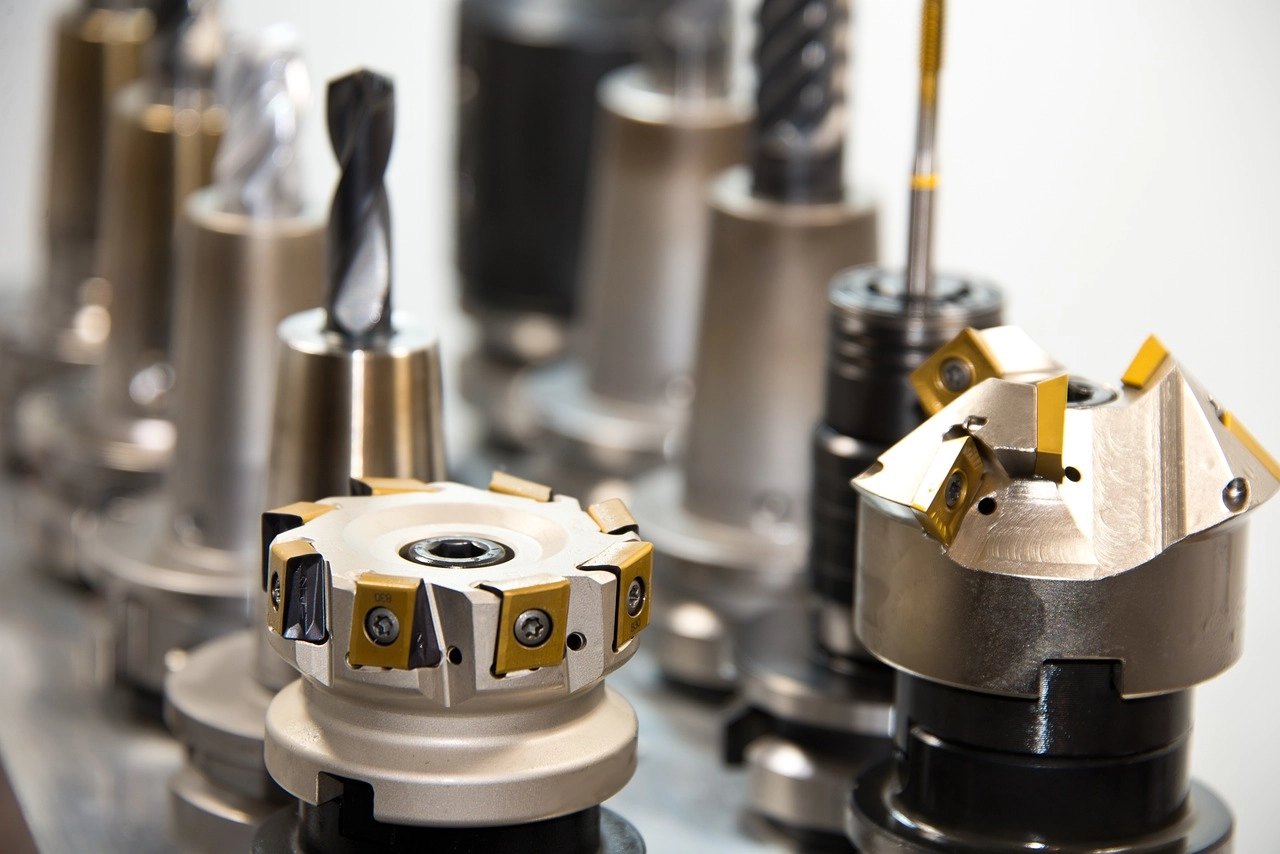
Prepare for Production
Final Adjustments
You have tested your prototype and listened to feedback. Now you need to get your product ready to make in large numbers. Here are the steps you should follow:
- Fix any problems with how your prototype works or looks. Use what real users said to help you make changes.
- Try small tests or ask groups of people if your product is a good fit.
- Check if your design, materials, and how you put it together can work for making many at once.
- Pick a manufacturing partner who has the right skills and fair prices.
- Start by making a small batch first. This helps you find last-minute problems and fix them.
- Make final changes to your design or process after you learn from the small batch.
Tip: NOBLE’s expert team can help you with these steps. Their advanced machining and rapid prototyping services make it easy to move from prototype to production.
Documentation
Good documentation helps your project stay organized and keeps your ideas safe. Here is what you need:
- 3D design files that show every part of your product.
- A Product Requirement Document (PRD) that tells what your product does and why it matters.
- A Bill of Materials (BOM) that lists all parts and their costs.
- Details about the material, color, and finish for each part.
- Quality rules and instructions for testing.
- Non-Disclosure Agreements (NDAs) to keep your ideas safe.
Note: These documents help everyone work together to ensure your product is made correctly.
Handoff
When you are ready to give your project to the manufacturer, do these things:
- Share all your files and documents with your partner.
- Protect your ideas by filing patents early and using NDAs.
- Save money by picking the right materials and keeping your design simple.
- Work with your manufacturer to resolve any issues promptly.
NOBLE makes this process easy. Their team helps you keep your ideas safe, save money, and make more products. With NOBLE, you can turn your prototype into a real product that is ready for the market.
You have learned how to create and test a prototype. First, set clear goals for your project. Next, make your model. Then, test it with real users. After that, collect feedback from them. Keep making your prototype better each time. Prototyping has many benefits:
- Find design problems early and fix them quickly
- Hear what real users think about your product
- Save money by not making expensive mistakes
- Get your product ready for the market faster
- Increase your chances of making a successful product
Want to make your idea real? NOBLE’s team can help with rapid prototyping, advanced machining, and small-batch manufacturing. Contact NOBLE today and let them help you turn your idea into a real product!
FAQ
How do I choose the right prototype type for my project?
Think about your goal. If you want to test ideas fast, start with a simple sketch or digital model. For real-world testing, try a physical prototype. NOBLE can help you pick the best option for your needs.
What tools can help me create a digital prototype?
You can use Figma, Adobe XD, or CAD software like Fusion 360. These tools let you design, share, and change your ideas quickly. NOBLE’s team can guide you if you need help with digital models.
How does NOBLE speed up the prototyping process?
NOBLE uses advanced machining, 3D printing, and expert advice. You get fast turnaround, high-quality parts, and support at every step. This means you can test and improve your product much faster.
Can NOBLE help me move from prototype to mass production?
Yes! NOBLE offers both rapid prototyping and low-volume manufacturing. Their team helps you adjust your design, choose materials, and get ready for large-scale production. You can trust NOBLE to make the process smooth.


